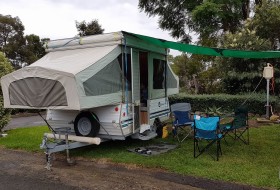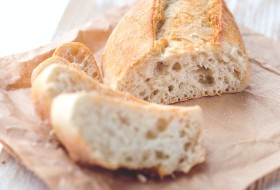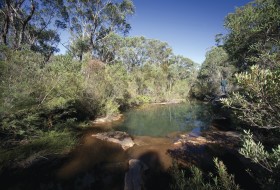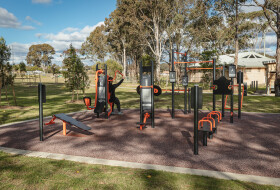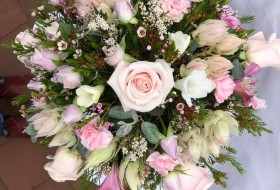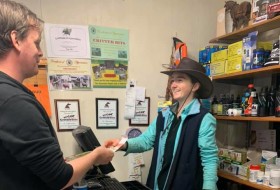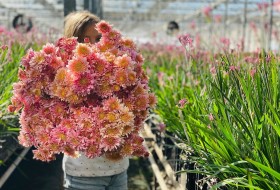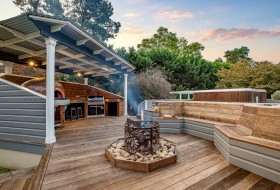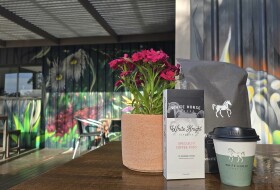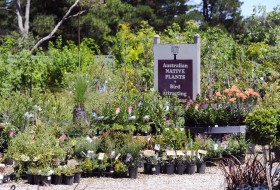Bargo, Pheasants Nest & Yanderra
The gateway to spectacular scenery and top picnic spots
Full of native scenery and wildlife, Bargo carries a rich Indigenous history. The town’s name was coined during the 1800s after botanist George Caley’s Aboriginal guide Mowatiin, who referred to the area as meaning ‘place of cliffs’ or ‘thick shrubs’. It was in both the Bargo and Yanderra areas that the white settlers first recorded sightings of the Koala, Lyrebird and Wombat. Ex-convict John Wilson noted three animals in his diary describing the lyrebird as a pheasant, hence the name “Pheasants Nest”.
Bargo is located only a short drive to the Nepean and Avon Dams, offering beautiful views and picnic areas. For a bite to eat be sure to check out Hotel Bargo and if travelling in a crowd retire to the luxury boutique style accommodation at Kalinya Estate.
Population Bargo, Pheasants Nest, Yanderra (as at Census 2021): 6,024
Bargo - Two Hundred Years in the Making
You can learn all about the history of Bargo with the 2022 publication 'Bargo – Two Hundred Years in the Making' commemorating the bicentenary of the first land grants in Bargo. It's a project by the people of Bargo about Bargo, past and present.
Retail cost is $49.00. You can pick up a copy from The Wollondilly Heritage Centre, Hotel Bargo and the Picton & District Historical and Family History Society or order online via marjofrombargo@gmail.com.
Bargo, Pheasants Nest & Yanderra
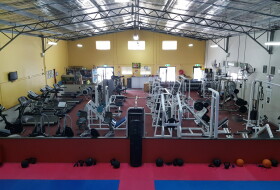
Bargo Martial Arts and Fitness Gym Centre
Bargo











